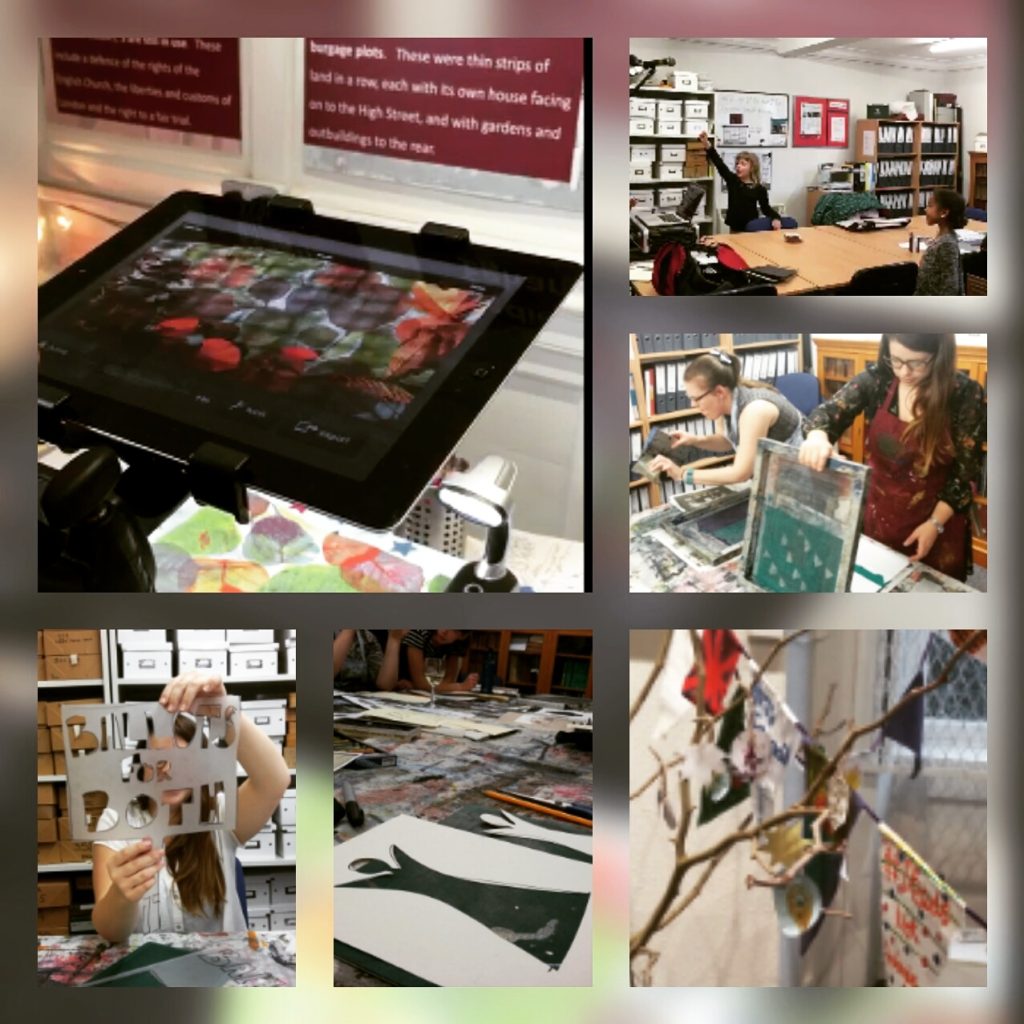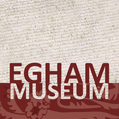Suffrage in Egham
In 2017, we embarked on the Suffrage in Egham project, funded by Arts Council England. The primary aim was to explore the impact of the suffrage movement in the 19th and early 20th century on the local area, and engage local people with this heritage. The exhibition opened in June 2018 in celebration of the centenary of the Representation of the People Act which gave certain women the right to vote.
In addition to recruiting a team of local people to conduct research, supported by a research intern, this project involved a vibrant arts programme intended to present the stories in an innovative and engaging way.
We commissioned three artists to take part in the project.
Samantha Fernando was commissioned to compose a themed piece. The piece was composed in response to found textual fragments on the theme of women’s rights. They included fragments relating to women’s suffrage, the London Matchgirls Strike of 1888, and feminist texts from the early twentieth century. The final multi-movement work was performed by the Royal Holloway Symphony Orchestra and was accompanied by a series of music workshops in local schools.
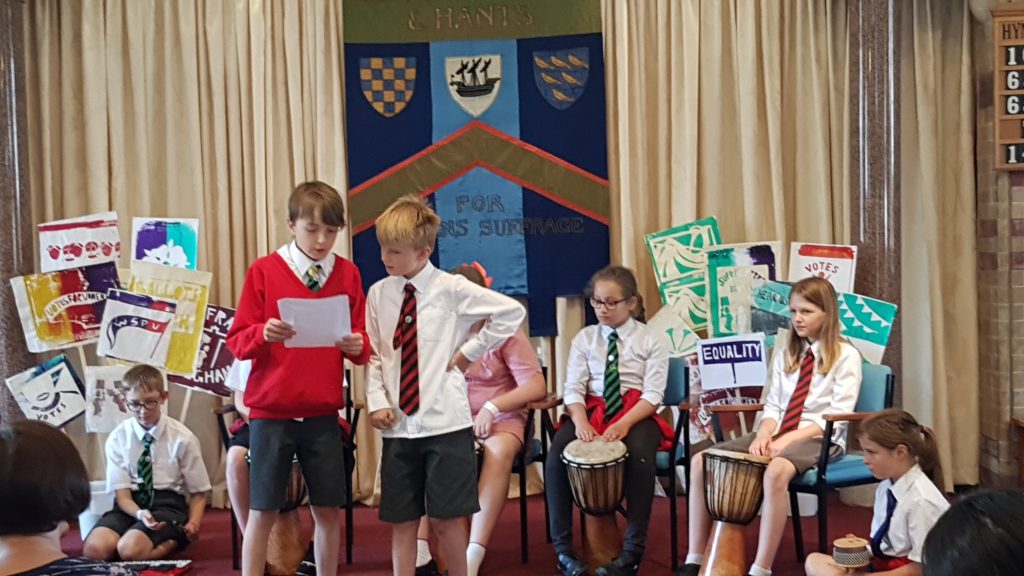
Paula Doyle was commissioned to produce three textile pieces depicting and inspired by key moments in the life of Emily Wilding Davison, the Suffragette who died at Epsom Derby and who studied at Royal Holloway. This work was proudly displayed in the exhibition before moving to its final home in the newly opened Emily Wilding Davison Building at Royal Holloway.
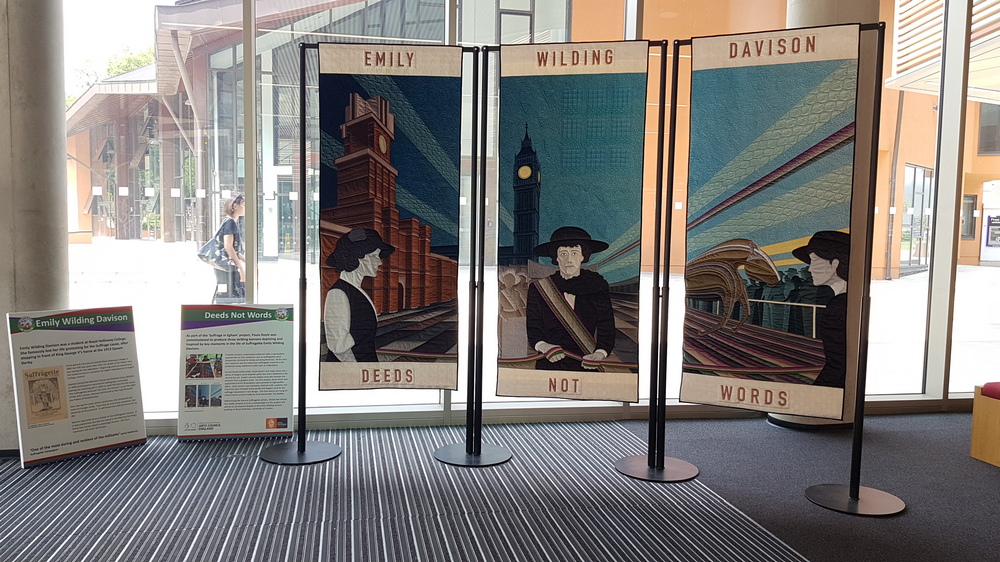
Finally, the Play Festival was commissioned to create a suffrage themed programme of community-focused performances and events to be delivered across the Festival period, both on campus and in the community. This included a Noh play called Emily.
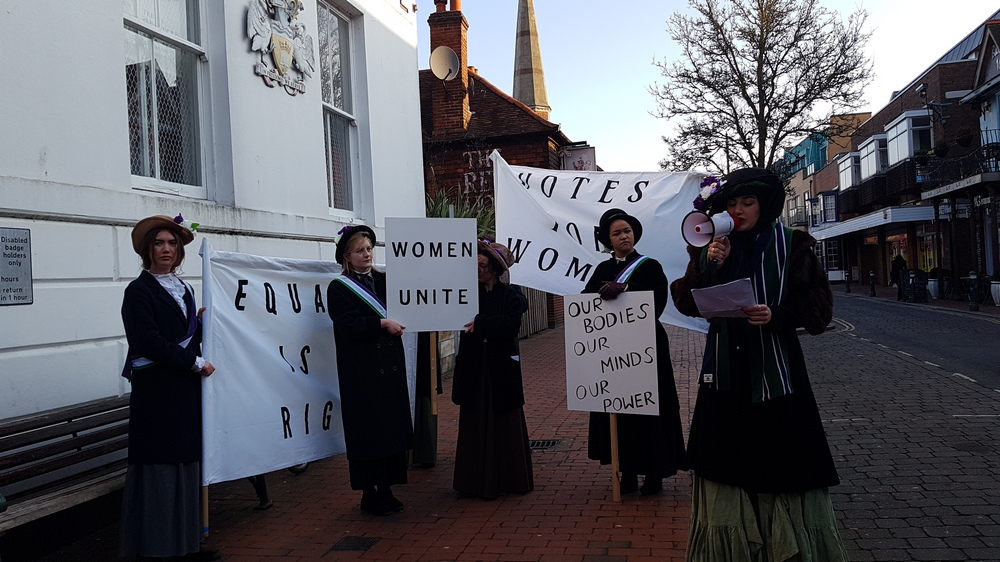
We actively engaged with the local community in myriad ways, primarily through the History through the Arts Programme. We ran a series of workshops starting in January 2018 that summarized the research and the themes, and encouraged participants to create an artwork in response. All the outputs created as part of the ‘History through the Arts’ programme were then incorporated into the exhibition.
